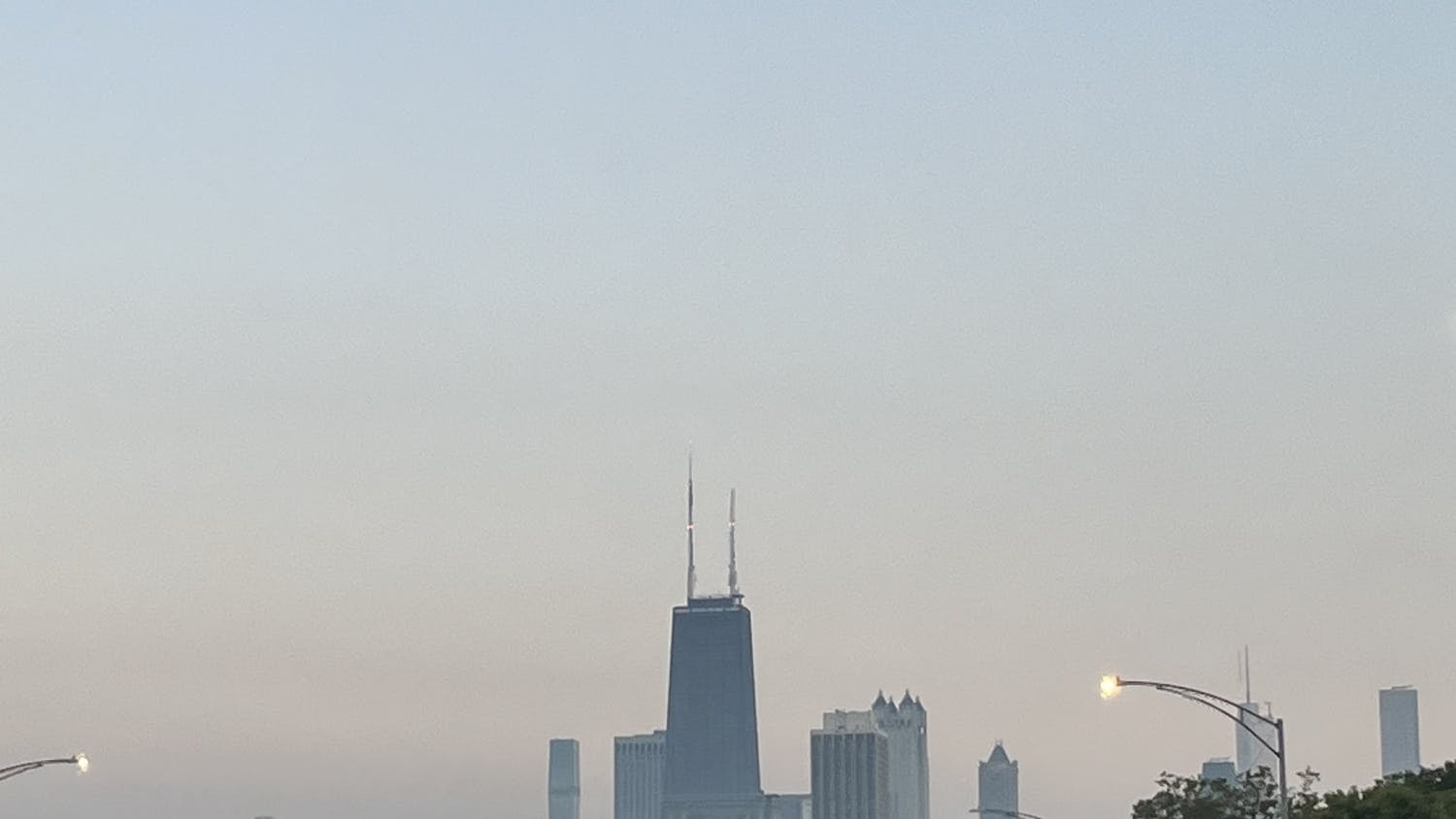The Dartmouth College Health Service has provided approximately 2,000 community members with flu vaccines this fall at Dick’s House as well as via pop-up clinics at the Class of 1953 Commons, according to Dick’s House campus outreach nurse Jedidiah Peterson.
Geisel School of Medicine professor Justin Kim said that there has been an “early surge” in flu cases this year at the College. According to Peterson, Dick’s House usually expects a spike in flu cases late in the fall term, but added that the number of cases this year has been “more than average.”
“Right as the cold weather hits, people move indoors and on campus it’s more complicated because we’re bringing people in from different places,” Peterson said.
Peterson noted that this fall, Dick’s House delivered the majority of the more than 2,000 flu shots at scheduled clinics advertised through campus listservs and the Medi-Quick pop-up clinics every Tuesday at ’53 Commons throughout the term. The Medi-Quick program was first created in 2017 and allows the College Health Service to offer various health services to community members at different locations across campus.
Peterson said that nearly 400 doses have been delivered through to the pop-up clinics, adding that the program is “especially popular” among graduate students.
Kim said that individuals should be vaccinated annually because previous flu vaccines may become “out of date” as the flu virus mutates over time.
“Flu viruses mutate in two ways — some mutate in small ways every year, which is why we need a new vaccine every year,” he said. “Every so often, we get a major shift in mutations, which results in more serious strains like the H1N1 pandemic [from 2009 to 2010].”
Kim noted that flu vaccines are created by using the previous flu season’s data to predict what the next year’s flu season might look like. He added that the flu vaccine each year contains five to 10 of the previous year’s virus strains, and always includes the H1N1 strain “to protect people from that very severe variant of flu.”
He added that while individuals can still get the flu after being vaccinated, the vaccine helps to reduce the severity of symptoms.
Preston Lim ’25 said that he received the flu vaccine at Dick’s House in late October, which he described as a “really smooth” process.
“I walked into Dick’s House with no appointment and just had to go to the pharmacy and fill out a short form,” Lim said. “The whole process took 10 minutes.”
He noted that while he was aware of the pop-up clinics at ’53 Commons, he could not attend any of them due to schedule conflicts and “would have definitely gotten [his] shot earlier” if there had been more pop-up clinics.
Peterson said that while the pop-up clinics at ’53 Commons will not continue into the winter, community members can still get walk-in flu shots at the pharmacy at Dick’s House or contact him to set up a flu shot clinic.
“We’re never going to turn off the switch,” Peterson said. “We try to keep [flu shots] as broadly available as possible.”
Peterson noted that there is also “an abundance of resources” in the community for individuals to receive flu shots via chain and local pharmacies, primary care offices and Dartmouth-Hitchcock Medical Center, which all have programs to distribute vaccines.
Kim said that individuals can utilize many of the same strategies used to protect themselves from COVID-19 for the flu, such as not attending large gatherings when sick and wearing masks when in large crowds.
Peterson added that after the COVID-19 pandemic, individuals are now more used to mitigation strategies such as using hand sanitizer and wearing masks in public.
“It would have been more challenging socially to wear a mask in 2018 or 2019, but now it doesn’t stand out much at all, which might be a silver lining to everything that’s happened,” he said.
Peterson emphasized the difficulty in balancing healthy habits during flu season alongside the academic and social pressures students often encounter.
“If your only concern in life was to avoid the flu, it would be easy,” he said. “The trick is for our students to try to balance this with academic and social priorities. Adequate rest, healthy eating and good hydration benefit all three.”




